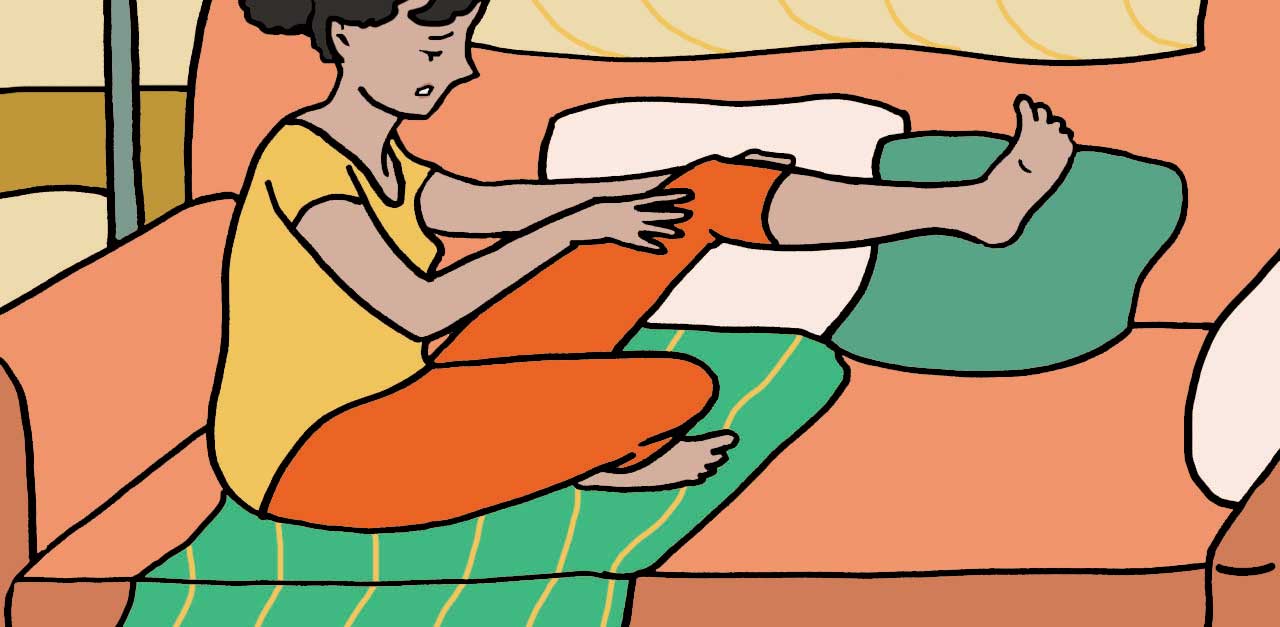
If you’ve ever stood for too long or sat on your foot for an extended period, you might have experienced your foot "falling asleep." This unusual sensation is caused by prolonged pressure on the nerves or the blood vessels that supply them. But once the pressure is removed, normal feeling returns pretty quickly.
Poor circulation can also make you more susceptible to foot numbness. It is easy to forget about your legs and feet when it comes to looking after your health. Circulation in the legs is a health area that is often neglected. Your veins and arteries play a vital role in transporting blood around the body, and good circulation in your legs and feet is essential to overall health.
That pins-and-needles feeling in your foot is usually harmless, but if the sensation starts to spread, it could be a sign of something more serious, as Chloe McMahon-Swift from Melbourne discovered. What started as tingling in her feet progressed to other parts of the body, and she was finally diagnosed with Guillain-Barré syndrome (GBS), a rare autoimmune disease.
Keep reading to learn what happens when your foot falls asleep, and how to wake up your sleeping foot comfortably.
What Does It Mean When Your Foot Falls Asleep?

A numb, tingling foot is a common phenomenon known as paresthesia. If you’ve ever sat on your foot at a strange angle for a long time, you might have suddenly experienced numbness and tingling. We've all experienced this at some point. It usually occurs in the extremities, but the sensation can happen anywhere. According to the medical reference book Paresthesia, the phenomenon exhibits as a prickling or burning sensation. It can feel like a tingling sensation, pins and needles, or itchiness or as if your skin is crawling. It is painless and can occur without warning when there is continued pressure applied to a nerve. But it doesn’t last long; once the pressure is removed, normal feeling returns to the body part.
What Happens When Your Foot Falls Asleep?
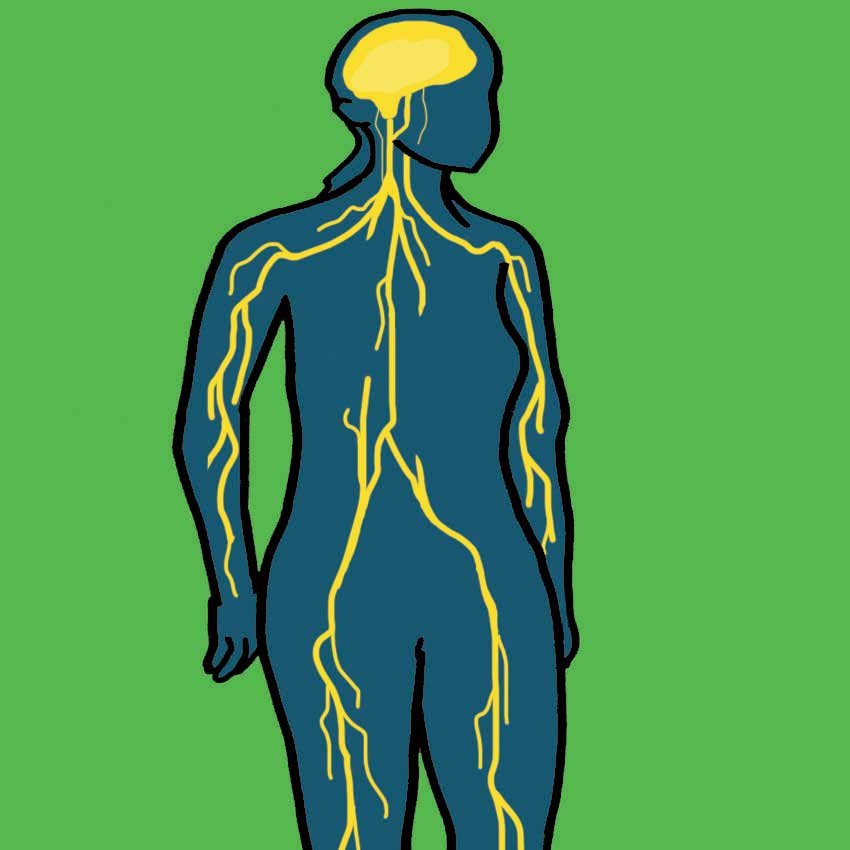
So what happens when pressure is applied to a nerve? Peripheral sensory nerves communicate sensations from different parts of the body to the spinal cord. Signals from the spinal cord then travel to the brain. When the nerve is pinched, it is unable to send these signals properly. When the pressure is removed from the nerve and it begins to function again, you feel the pins-and-needles sensation.
If your job requires sitting in the same place for a long time, this can contribute to poor circulation due to the lack of physical movement, according to PoorCirculation.net. The blood is already gravitationally challenged to reach the heart, and a lack of movement or exercise slows down your body’s ability to pump blood to the lower extremities. This can also lead to a tingling sensation in the feet.
Why Does Your Foot Fall Asleep?
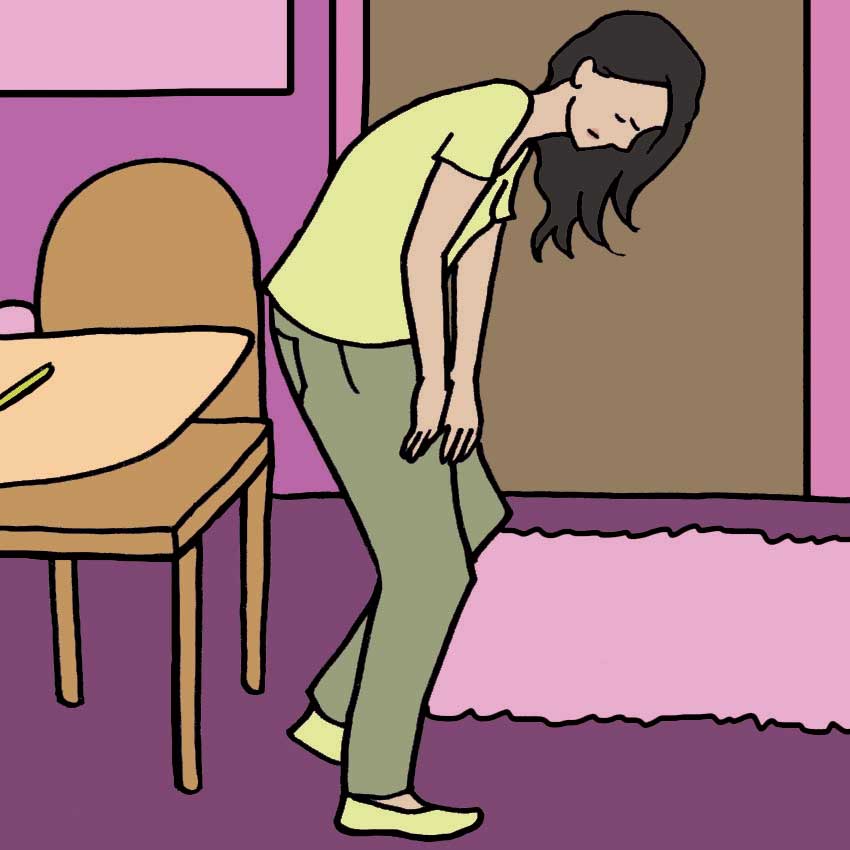
Temporary paresthesia is caused by compression on the nerve. This can happen after sitting or lying in an awkward position for a long period of time. Paresthesia might feel strange, even uncomfortable, but it is usually harmless and goes away quickly. Once the compression is removed, the tingling numb sensation goes away.
But if it doesn’t, this could be a sign of something more serious. Chronic paresthesia is when the feeling doesn’t go away or it returns regularly. The Mayo Clinic suggests the following factors can contribute to your foot falling asleep:
- Pressure — A result of sitting awkwardly on your foot for a long time, or wearing inappropriate footwear.
- Trapped nerve — Caused by a slipped disk, back problems, or carpal tunnel syndrome.
- Diabetes — A blood sugar disorder that can cause nerve damage in the feet.
- Nerve damage — Caused by an injury, for example.
- Certain medications — Including some types of chemotherapy, antibiotics, HIV medications, and anti-seizure medications.
- Sciatica — A compression on the sciatica nerve, a common condition during pregnancy.
- Stroke — Stopping blood flow to the brain, causing nerve damage.
- Multiple sclerosis — A disease of the brain and spinal cord.
- Lifestyle and vitamin deficiency — Caused by unhealthy habits such as smoking, alcohol abuse, or no exercise.
How to Wake Up Your Foot
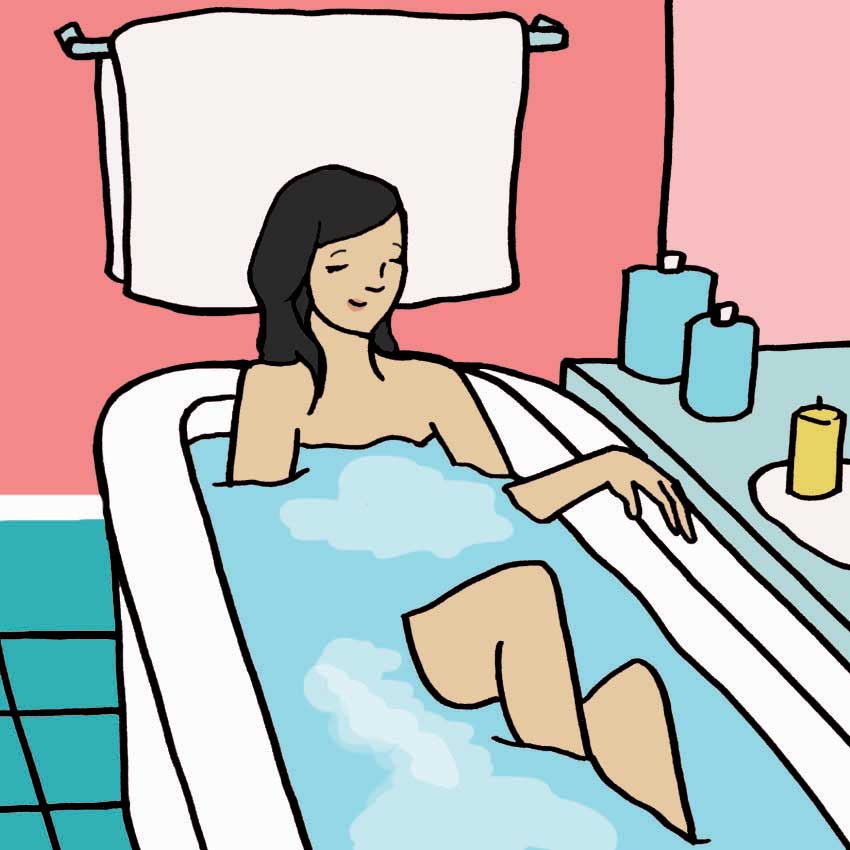
There are a few things you can do to comfortably wake up your foot. Try changing positions, or if you are wearing shoes and socks, take them off or loosen them. You can also get up and start moving your foot around. If the tingling sensation does not go away or is recurrent, it's important to contact your doctor.
Top 10 Home Remedies also suggests a range of solutions to help wake up your foot. Check them out below.
Remedy 1: Massage
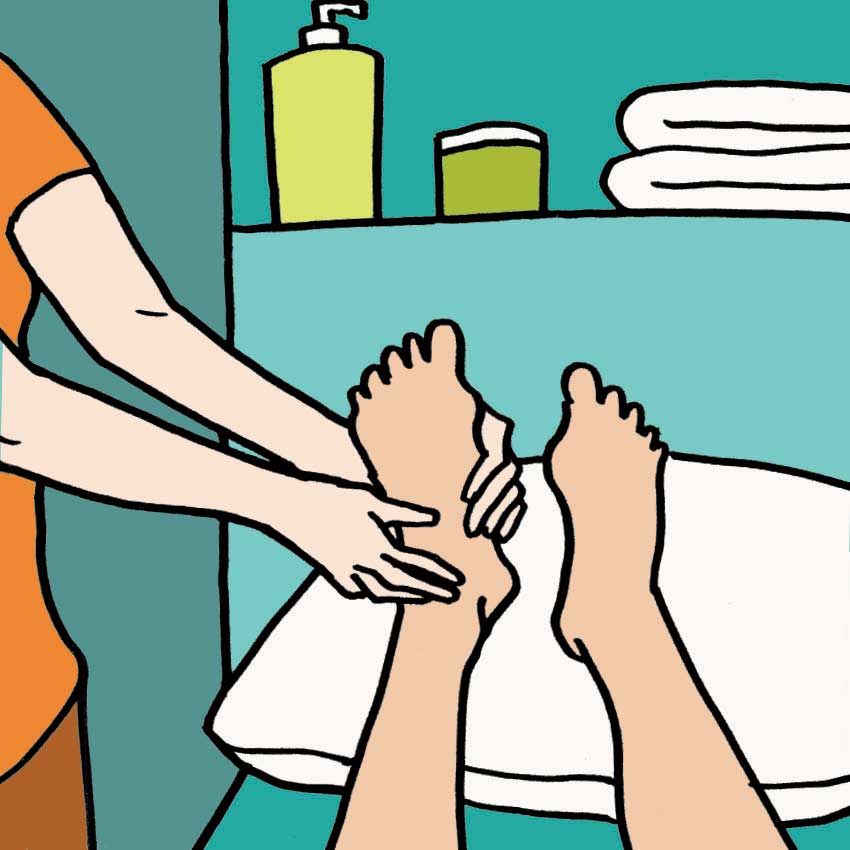
You can massage your foot to help stimulate the nerves and muscles while improving circulation. Use a little warm olive oil and rub your feet in a circular motion for about five minutes. Repeat when necessary.
Remedy 2: Warm Compress
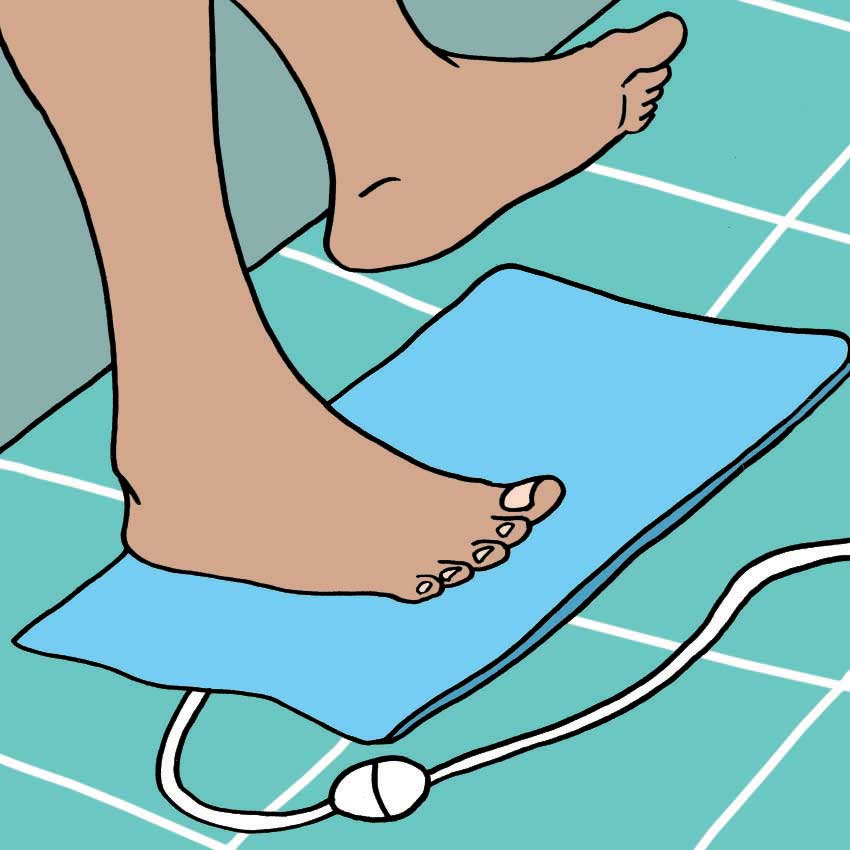
Soak a cloth in warm water and apply it to the affected area for about seven minutes; you can also use a heating pad. This helps increase blood flow to the area and nerves. A warm shower can also help.
Remedy 3: Epsom Salt Bath

Epsom salt is said to offer lots of health benefits. It is made of magnesium sulfate crystals, which are known for increasing magnesium levels in the body and improving blood circulation. Pour 1/2 cup of Epsom salt into a foot bath and soak your feet in the solution for about 10 minutes. This can be repeated a few times each week for maximum benefit.
Remedy 4: Cinnamon and Turmeric

Cinnamon is rich in magnesium, potassium, and B vitamins. It is known for improving circulation. Mix a teaspoon of cinnamon powder in warm milk and drink daily.
An alternative is using turmeric instead of cinnamon. This spice contains curcumin, which can help improve blood flow in the body. Turmeric is also an anti-inflammatory, which helps alleviate pain and discomfort. It can also be made into a paste and massaged onto the foot directly.
How to Prevent Your Foot From Falling Asleep
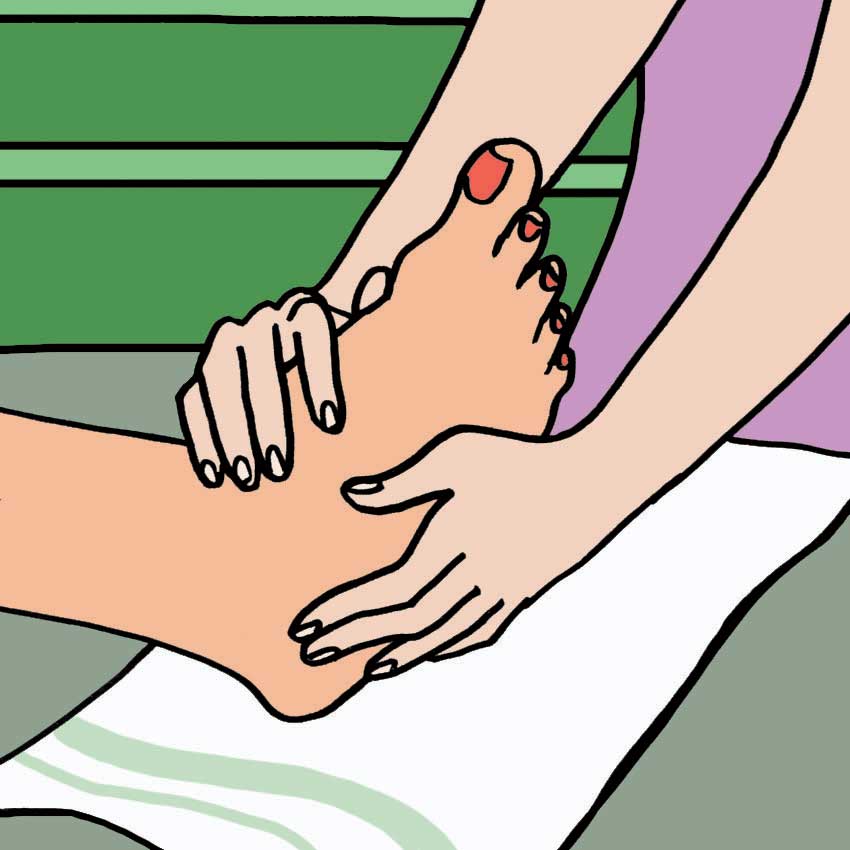
The Patient website says you should find out what the underlying cause is for your sleepy foot. This will determine what kind of preventative action you should take. The most important thing is to make sure you maintain proper circulation. Massage your feet after taking off your shoes, and avoid wearing tight, ill-fitting shoes. If necessary, wear compression socks to help with circulation in the foot and leg.
Exercise can improve circulation in the body, which means more oxygen can reach each extremity, preventing numbness and tingling sensations. However, avoid high-impact exercise if this triggers numbness and tingling.
Consider lifestyle factors and make healthy changes. Stop smoking and limit alcohol intake. Eat well to ensure you are getting enough vitamins and minerals, especially vitamin B12.
If you have diabetes, it is important to manage it with proper diet, medication, and regular checkups with your doctor.
When to See a Doctor
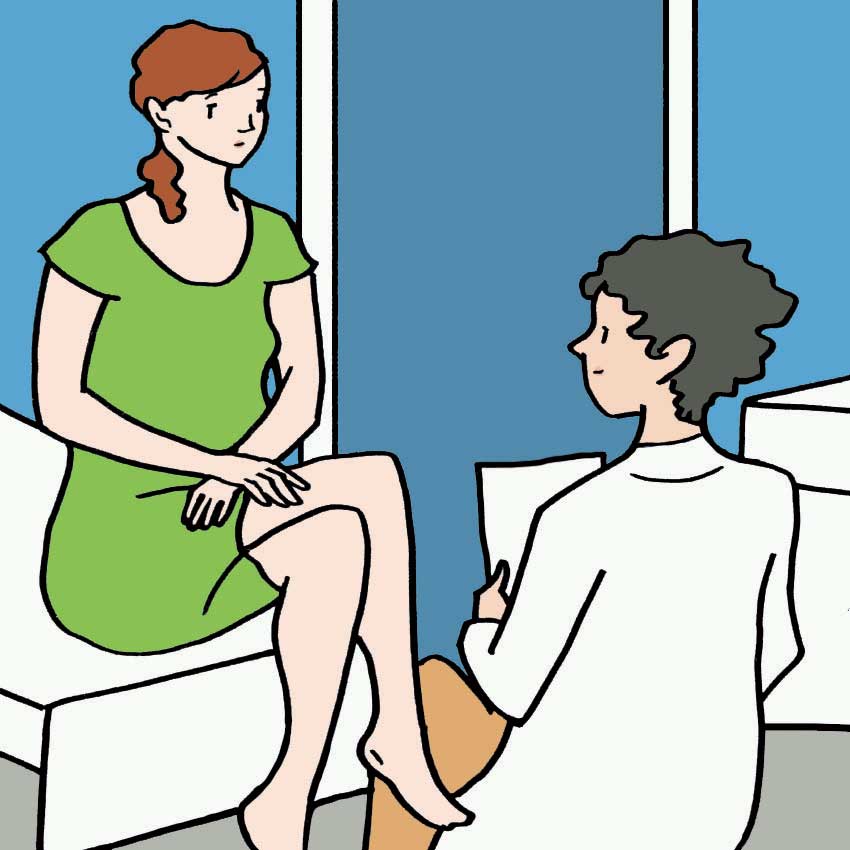
In some cases, a sleeping foot can be a sign of something more serious. If you experience any of the following symptoms, please seek professional help:
- If you suspect or see signs of a neurological disorder — this can include loss of sensation in other parts of the body, difficulty walking, or sensitivity to hot and cold.
- If the problem continues to occur and there is no obvious cause, or if the sensation doesn’t go away quickly.
- If you notice a sudden loss of mobility down one side of your body — call an ambulance immediately as this could be a stroke.
If this article has helped you understand why you have a sleeping foot and how to get rid of it, please SHARE with your friends and family so they can all benefit from the tips.




